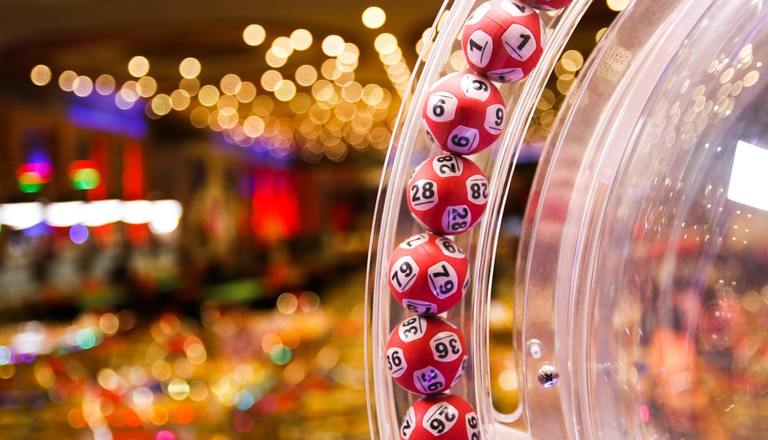
Let's take a look at those all important lottery balls
You may be familiar with those tiny little round ping-pong balls with numbers on them that intrigue us as they bounce around in a big plastic bubble, and watch as one finally hurls itself down a tube and into a chute or tray. Every ball that comes out is a game changer on who will win and who will not win when the required number of balls are drawn. But how regulated are the balls used in lottery draws? Are they examined at all? Do they have to conform to any regulations? They are just numbered balls, right? To a point. But as we will see, lottery balls are regulated very tightly. But bear in mind that every jurisdiction has its own regulations as to balls and blowers so the information presented below is very generic.
What are Lottery Balls Made of
Most lottery balls used today are made of rubber, although some plastic and other material types are also in use. Manufactures that make and supply lottery balls not only have to be licenced or approved by the regulator, but each and every ball that they make has to be manufactured to highly exact tolerances as required by the regulator. The manufacturing process is designed to create balls in “sets.” For example, for a lottery in which 49 regular white balls and 10 red bonus balls are required for a draw, these balls are all manufactured as a group after machines have been set up and calibrated to requirements. After the first set is created, the next set of balls is then manufactured. These matched sets of balls are examined, measured, and tested by the manufacturer. If everything is found to be in order, the balls are secured into in a foam lined, lockable plastic case to be delivered to and stored by the operator.
Once securely delivered to the lottery operator’s location, the balls are examined by the operator to make sure they conform to the regulator’s requirements. The balls are then put into a secured area with the lottery machines, which are under video surveillance, magnetic locks, alarms, and motion detectors, and are only accessible to authorized personnel. In some jurisdictions, a numbered tamper-resistant seal is placed over the door frame to add an extra level of security. The number on the seal is logged and verified to be the same seal and undamaged when the storage room is accessed. A seal may also put on the case itself. If for any reason the seal has been tampered with or removed, the seal, and any remaining remnants of it, give clear evidence that someone tried to, or successfully did, enter the room, or access the balls, the regulator is notified, and an intense investigation begins.
Every single ball used for lottery draws is also regularly tested to ensure it meets the required size and weight specifications, including before and after each and every draw. This stringent testing ensures that the balls are maintained within the tolerances demanded by the regulator. If one or more balls fall outside the tolerances, the entire set is deemed unusable and is either destroyed (if change in tolerance is due to normal wear and tear), or secured away for investigation if there is any suspicion of tampering.
On the surface, having a machine blow balls around and have them fall into a trough or tray seems simple enough. But knowing the behind-the-scenes security and stringent manufacturing processes, shows that every lottery draw is done with complete and total honesty, integrity, and accountability.
